Reading Cracked, The Future of Dams In A Hot, Chaotic World
When volunteers laid down that last dam rock, letting some Rhode Island Flat River waters flow through two centuries of bad decisions, they exchanged labor for relief. Forty feet of stacked stones choked a small, important Wood River tributary for some limited irrigation, leaving generations of temperature sensitive wild native brook trout to suffer for man’s ambitions. Our eagerness to harness water’s energy has come at great natural costs and now, Author Steven Hawley’s Cracked, The Future of Dams In A Hot, Chaotic World, chronicles our legacy of building dams with limited benefits, supporting them with suspect accounting and destroying fish migrations while erasing indigenous people’s sacred places, means of survival and even where they laid their ancestors to rest. This is a masterful literary review of damage done and hopes for change.
“The United States now has 92,075 total dams with an average age of 61 years,” according to FEMA, all impeding waters grand or lethargic, all aging, some in plain sight, some deep in private woods with undocumented impact. It may be only natural to turn a tap without knowledge of or concern for, that water’s origin and whether it came from an impoundment. We’re busy and running low on body wash, after all. Eastern folk’s limited interactions with dams is often through a lens of Colonial progress while milling around kiosks celebrating ambition that turned movement into power. It’s much different in western lands of steelhead and dust. Mr. Hawley begins with a solid how-we-got-here review of politics and wild westward expansion, fueled by greed and increasing power demands, which overstepped logic, basic understanding of Nature (and her beauty) and people’s concerns about walls, cement and silt.
“…the federal government attempted to defy, through engineering, technology, and a massive capital investment, the cold analysis that arid western landscapes were limited in potential for civilization building. That analysis has proven correct.”
Mr. Hawley introduces us to the Army Corp of Engineers, Bureau of Reclamation, Central Valley and Columbia Basin Projects and their collective, destructive feuds. He hikes us through drought exposed valleys, unseen for decades, to witness what many people died fighting for but never saw again. Readers witness the Missouri River, where in the 1940’s, dueling agencies fought to mount each other’s planning and spending to produce water and testosterone fueled electricity. “There are no monetary reparations that could adequately compensate for the half-century of torment these three tribes suffered,” he wrote, referring to a broad daylight screwing the Fort Berthold Native Americans, including Mandan, Hidatsa and Arikara, received when the feds obliterated cattle range and waterfowl habitat for the unnecessary Garrison Dam.
Steven Hawley’s Cracked exposes and shares truth
Reading Cracked reminded me that our memories will stretch back to Colonial days but few Pleistocene events register and yes, it’s fun and important to visit Slater Mills, where waters flow nicely by a mill museum, but that’s not reality. Guides speak of weaving colorful soft cotton for a growing nation but pass on our Peace Dale mills baling rough kersey cloth, that coarse standard of marking enslaved humans, just to make southern slave’s lives that much more miserable, tied tightly with grade school fingers who turned few book pages. We recall fishing for tail water trout below 30’s-era cement dams yet have no memories of breathing honeysuckle and young blue spruce along wooded bank paths, because wild Atlantic salmon were refused migration by Maine’s Veazie and Great Works dams.
Mr. Hawley fills in those mental gaps with facts, data and conversations. His patient prose brings us along truthfully, not overly embittered with personal objections, to a place where we understand dams’ contributions and costs. I appreciated that each photo in Cracked offers respect to native peoples. As a new country, we easily forget this was a land of many colors when white sailed ships arrived. What Mr. Hawley is calling for is understanding when dams make sense, when it’s clear they don’t, how to recognize and respect those who lived here for centuries before us and that there is still time to right wrongs.
“With the age of industrialization based on river power in the past, with our scientists, watershed groups and eager volunteers so focused on the significance of rivers and the biodiversity which depends on their health, some just want to paddle down them and get a face full of water as shad and buckies swim below. That’s just the way a river and its people are supposed to flow.” Standing Up For Taking Down Dams
“One vital purpose of national parks, of wilderness, of any untrammeled half-acre of Earth, must be to rekindle this affinity for the good earth, to make its riot of life once again immediate to our feelings,” Mr. Hawley wrote. To read his pages is a gift of notice, that we have made poor choices and we can still correct some. Author Steven Hawley’s “Cracked” helps us understand examples of poor design poured into short-sighted plans to provide water and potentially make money to recoup public funds invested in fool-hearty efforts to tame wild rivers. You will read how the O’Shaunessey Dam gagged a wild Tuolumne River, suffocating a national park with its own water. Cracked is powerful as it works through a history in need of adjustment. EB White wrote, “Life is like writing with a pen, you can cross it out but you can’t erase it.” Cracked is a statement that we should erase some physical structures then move onto new technologies not burdened with poor math or anger directed at so much beautiful natural power. It also provides a significant guide to our past which cannot be erased. If you care about fish migrations, dam impoundments, hot water or balance, Cracked is a wonderful, enlightening read.
Steven Hawley is a writer and filmmaker from Hood River, OR, co-producer of an award-winning documentary Dammed to Extinction (2019), and author of Recovering a Lost River. He was among the first to write about the historic agreement to tear out Edwards Dam on the Kennebec River in Maine. His work has appeared in High Country News, OnEarth, The Oregonian, Missoula Independent and other publications.
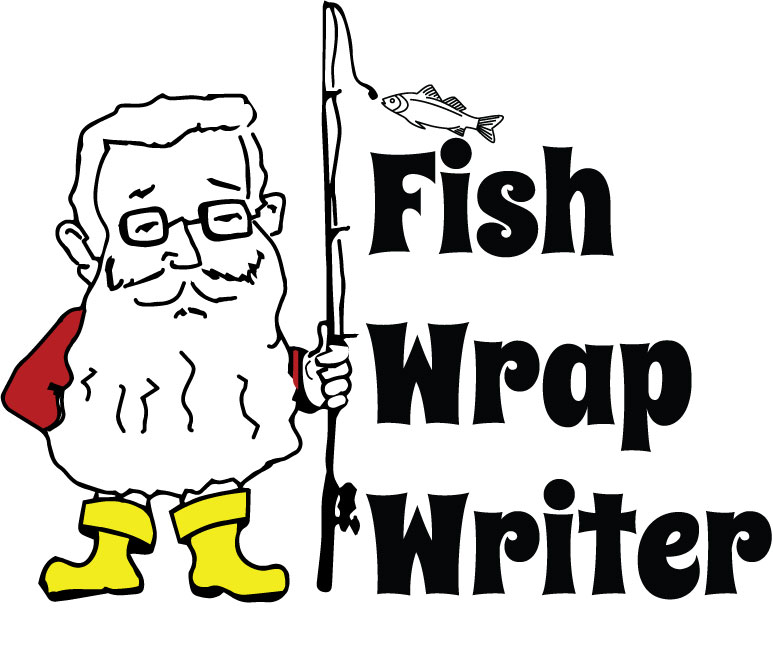
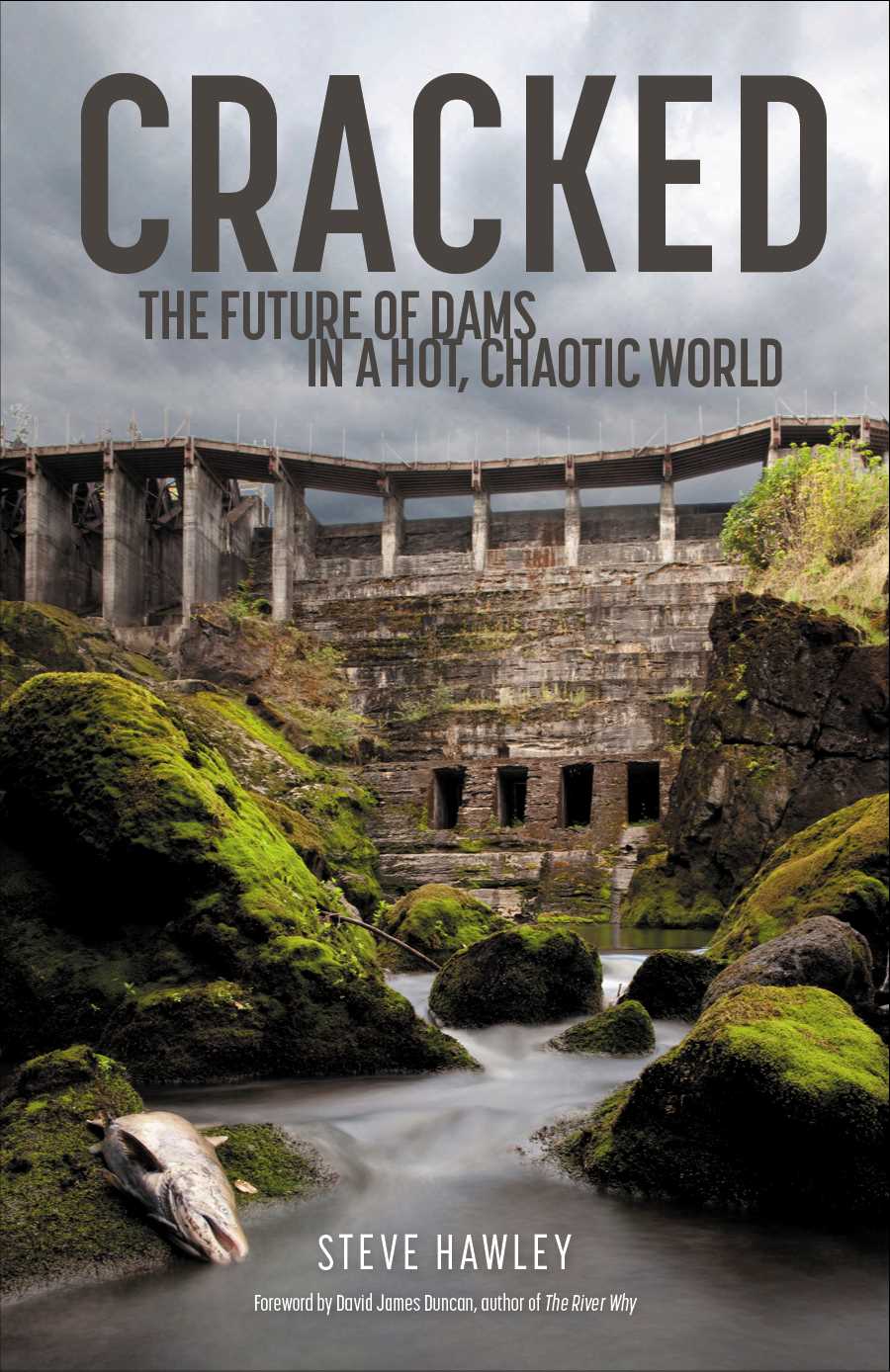
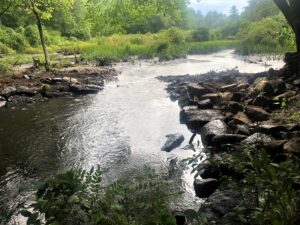

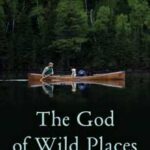
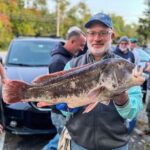

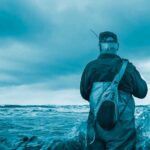
0 Comments